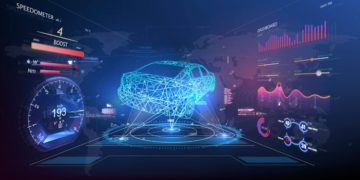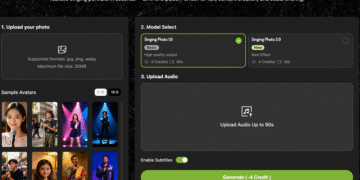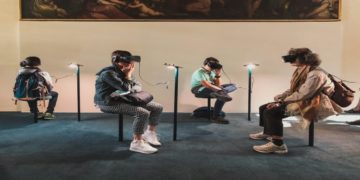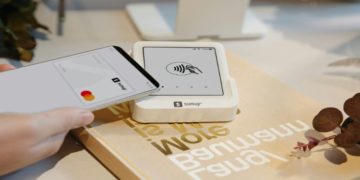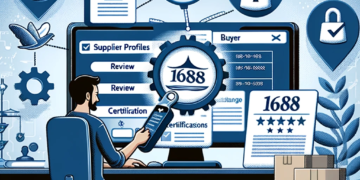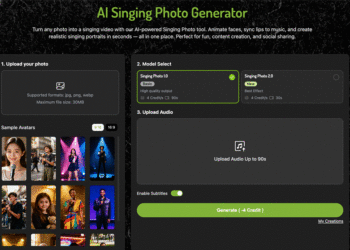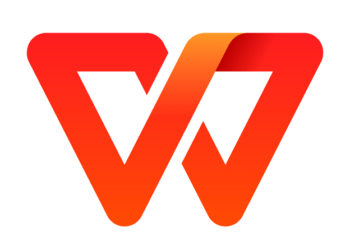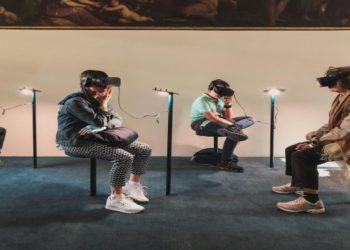In 2025, digital technology is no longer just part of the background—it’s woven into almost every moment of the day. From how people wake up to how they work, relax, and interact, innovation is shifting routines, habits, and expectations. Whether it’s through smart automation, seamless connectivity, or immersive entertainment, the line between online and offline continues to blur.
The Growth of Mobile Play
Entertainment has gone fully mobile. With smartphones now delivering console-quality graphics and faster cloud connections, gaming no longer requires bulky hardware or even a TV screen. Mobile games like Call of Duty Mobile, Clash Royale, and Genshin’s Impact dominate leisure time, offering fast, engaging gameplay during commutes, breaks, or downtime at home.
But it’s not just traditional games that are thriving. Online casinos have also expanded on mobile platforms, blending casual play with real stakes. Apps offer everything from poker tables to roulette wheels, all accessible within seconds. Many players find it easier and more convenient than visiting a physical venue, especially with streamlined payment systems and sleek designs made for mobile screens. A top casino without GamStop regulations typically offers players thousands of games, swift payouts, flexible transaction methods, and enticing bonuses such as welcome rewards, free spins, and cashback offers, optimised for mobile devices, providing players with seamless on-the-go experiences. Whether it’s a five-minute spin or a full evening session, mobile play has become a top way people decompress at the end of the day.
Smarter Homes, Smarter Living
Voice assistants, smart thermostats, and automated lighting systems have become staples in many homes. Devices now communicate with each other more efficiently, adapting settings based on user preferences, weather changes, or even routines. In 2025, home tech isn’t just about convenience, it’s about creating a more responsive and efficient environment.
From pre-warming the shower in the morning to dimming the lights and queuing up a relaxing playlist in the evening, smart homes are helping people reclaim time and headspace. The technology adjusts to lifestyles, allowing users to set preferences and then forget about micromanaging.
Digital Wellness Gets Personal
Wellness apps have gone beyond simple step counters and sleep trackers. Now, they offer real-time emotional support, personalised mental health check-ins, and AI-powered mindfulness tools. Users can speak to a virtual coach, try out guided breathing exercises, or get reminders to pause and stretch based on posture-tracking wearables.
These tools have seen a spike in engagement as people seek balance in their fast-paced digital lives. From stress management to mood boosting, digital wellness is now about offering small, actionable moments of care tailored to each person.
Augmented Reality in Daily Decisions
AR isn’t just for games anymore. In 2025, people are using augmented reality to make better choices every day, whether it’s trying on outfits virtually before shopping, previewing how a new couch fits in a room, or scanning nutrition labels for dietary advice. Advancements in AR are changing how we shop and are only becoming more mainstream.
AR features are now built into many apps, helping users visualise and interact with products or ideas before committing. The tech adds an extra layer of confidence to decision-making, cutting down returns, regrets, and wasted time.
Streaming Beyond the Screen
Streaming has expanded into more immersive formats. From interactive shows where viewers influence the storyline to live, holographic concerts at home, entertainment now feels more participatory. Even podcasts are getting a makeover, with dynamic visuals and real-time audience interaction layered into the listening experience.
What used to be passive consumption is becoming a two-way exchange. Viewers don’t just watch—they play, react, vote, and even join discussions as the content unfolds. The result is a stronger sense of connection and personalisation.
Digital Payments Everywhere
Cash is nearly obsolete in many areas, replaced by a tap, a QR code, or even a biometric scan. Mobile wallets now handle everything—groceries, transit fares, subscriptions, donations, and even micro-payments to creators.
Contactless tech isn’t just fast—it’s also safer and easier to track. People can split bills with friends, set monthly limits, and get spending insights automatically. Digital payments are also becoming more cross-border, with currency conversions handled behind the scenes in seconds.
Work-Life Blur and the Rise of Micro-Tasks
Traditional 9-to-5 setups have shifted, with people blending personal time and productivity more fluidly. Digital platforms now offer micro-tasking options that let users earn money or complete work in smaller, more flexible bursts.
From recording audio clips for AI training to managing freelance design projects on the go, work is becoming more modular. These platforms give people more autonomy over when, where, and how much they want to work. And with AI tools helping draft emails, design graphics, or summarise meetings, digital support means more time saved and less fatigue.
Conclusion
In 2025, the digital world isn’t something separate from daily life, it is daily life. From how we relax and recharge to how we pay, shop, and work, these trends are shaping a lifestyle that’s more connected, flexible, and personal. The rise of mobile play and other innovations shows how much digital tech has evolved from novelty to necessity, making everyday routines smoother, smarter, and more in tune with what people actually want.
David Prior
David Prior is the editor of Today News, responsible for the overall editorial strategy. He is an NCTJ-qualified journalist with over 20 years’ experience, and is also editor of the award-winning hyperlocal news title Altrincham Today. His LinkedIn profile is here.

